Tire Size 285/65r20 vs 275/65r20








| / | R |

| / | R |
| Parameter | 235/35 R18 | 205/40 R18 | Differ. |
|---|---|---|---|
| Tire Height | |||
| Section Width | |||
| Circumference | |||
| Sidewall Height | |||
| Revolutions | |||
| Rim Size |
The main difference between 285/65R20 and 275/65R20 tires is their width. The 285/65R20 tire size is about 10 millimeters wider than the 275/65R20 tire size. Wider tires generally provide better grip and handling, especially in off-road conditions.
275/65r20 vs 285/65r20
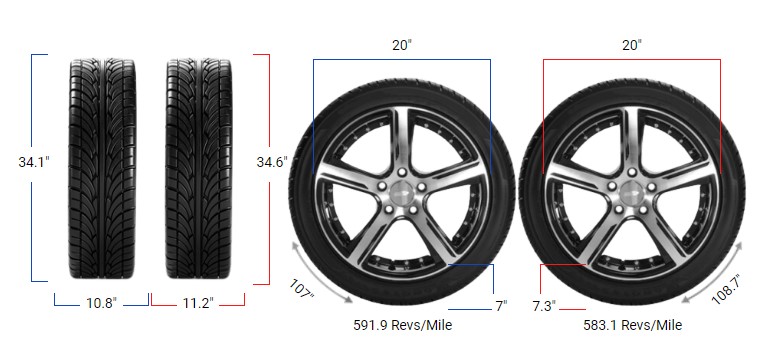
Can I Use 275/65r20 Tires Instead of 285/65r20?
Yes, using 275/65r20 tires instead of 285/65r20 results in a 1.5% smaller diameter, which is within the recommended 3% limit.
However, ensure the load capacity of the 275/65r20 tires matches or exceeds that of the original tires to maintain safety and performance.
What Does 285/65r20 Mean?
The tire size 285/65r20 indicates specific dimensions. The first number (285) represents the tire’s width in millimeters. The second number (65) is the aspect ratio, meaning the tire’s sidewall height as a percentage of its width.
The “R” stands for radial construction, and 20 denotes the rim diameter in inches. In short, 285/65r20 is equivalent to 34.6×11.2R20 in inches.
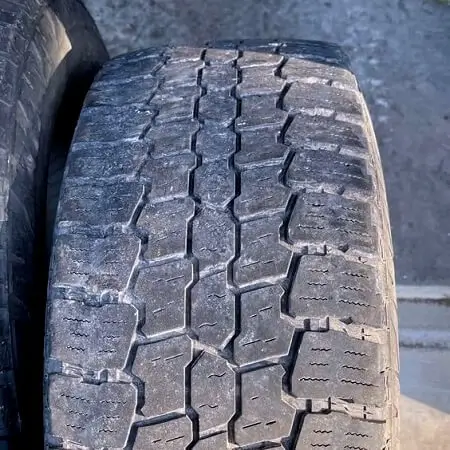
What Does 275/65r20 Mean?
The tire size 275/65R20 indicates specific dimensions. The first number (275) represents the tire’s width in millimeters. The second number (65) is the aspect ratio, which means the tire’s sidewall height as a percentage of its width.
The letter “R” stands for radial construction, while 20 denotes the rim diameter in inches. In other words, 275/65R20 is equal to 34.1×10.8R20 in inches.
How Much Wider Is A 285/65r20 Tire Than A 275/65r20?
The 285/65r20 tire is 0.39 inches (10 mm) wider than the 275/65r20 tire. To be precise, the tire size 285/65r20 has a width of 11.22 inches (285mm), while the 275/65r20 tire size is 10.83 inches (275 mm) wide.
How Much Taller Is A 285/65r20 Tire Than a 275/65r20?
The 285/65r20 tire is 0.51 inches (13 mm) taller than the 275/65r20 tire. More specifically, measurements indicate that the tire size 285/65r20 is about 34.59 inches (878.5 mm) tall.
In comparison, the 275/65r20 tire size is approximately 34.07 inches (865.5 mm) tall.
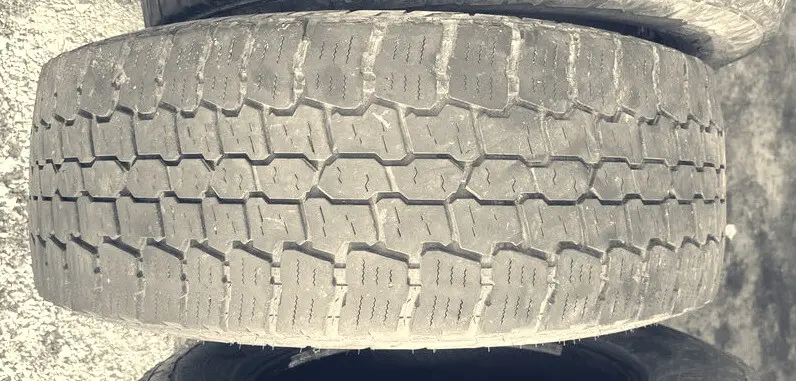
What Size Rims Fit 285/65r20?
The 285/65r20 tire is designed to be mounted with 20-inch rims. The recommended rim width typically falls between 8 to 10 inches for this tire size.
Sticking within this range is essential to ensure maximum tire performance and safety while driving on the road.
What Size Rims Fit 275/65r20?
The 275/65r20 tire is designed to be mounted with 20-inch rims. The recommended rim width typically falls between 8 to 10 inches for this tire size.
It is essential to stay within the recommended range for optimal tire performance and safe driving.
Fitment Guide
It’s best to stay within 3% of the original size’s diameter when replacing tires to prevent clearance or sensor issues.
The 285/65r20 diameter is 1.5% larger than the 275/65r20, so no adaptations like lifts would be needed. Either tire should clear the wheels and chassis without rubbing at full lock.

Gas Mileage
The slightly narrower 275/65r20 tire has a smaller contact patch and lower rolling resistance, making it a little more fuel-efficient.
Overextended driving could yield small but measurable fuel savings compared to the wider 285/65r20. This makes the 275/65r20 a smart choice for commuters focused on squeezing every mpg.
Ground Clearance
With a diameter 0.51 inches larger, the 285/65r20 offers a bit more ground clearance than the 275/65r20. This added clearance prevents scrapes over obstacles and helps with off-road driving.
However, the bigger diameter also causes a 1.5% lower speedometer reading. The 275/65r20 reduced clearance increases the risks of scraping on obstacles but provides a 1.5% higher speedometer reading.
Ride Comfort
The 285/65r20 additional sidewall cushioning delivers a more comfortable ride over uneven surfaces, with the sidewall better absorbing impacts.
This superior impact damping provides a smooth ride on rough terrain. The 275/65r20 with its shorter sidewall transmits more shock into the chassis and passengers over bumps and cracks.
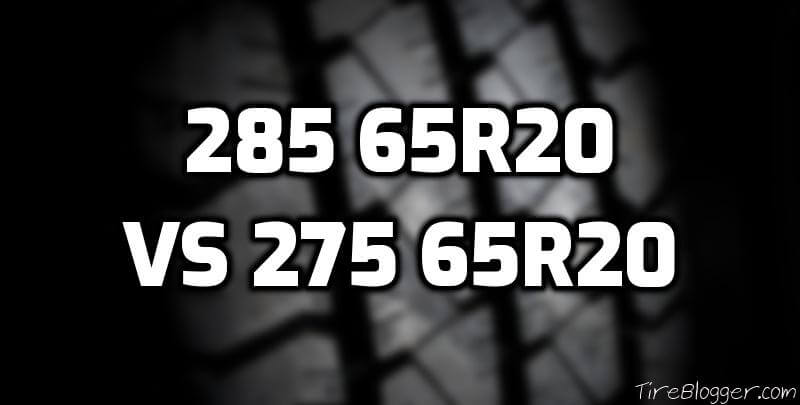
Aesthetics
Visually, the differences are subtle. The 285/65r20 will appear slightly “stretched” with its 0.26-inch taller sidewall compared to the 275/65r20.
This stretched aesthetic suits the styling of trucks and SUVs well. The shorter 275/65r20 sidewall for cars contributes to a lower, sleeker profile.
Handling & Stability
The 275/65r20 shorter sidewall enables slightly sharper steering response and handling precision on paved roads.
In contrast, the squishier 285/65r20 sidewall delivers a bit less handling crispness but enhances stability and traction over uneven ground like gravel or dirt.
Noise & Vibration
The 275/65r20 transmits more road noise and vibration into the cabin interior with its shorter, stiffer sidewall.
The 285/65r20 additional sidewall flex helps absorb noise and vibration, creating a more isolated, serene ride. But the differences are minor, and both tires are relatively quiet and smooth.
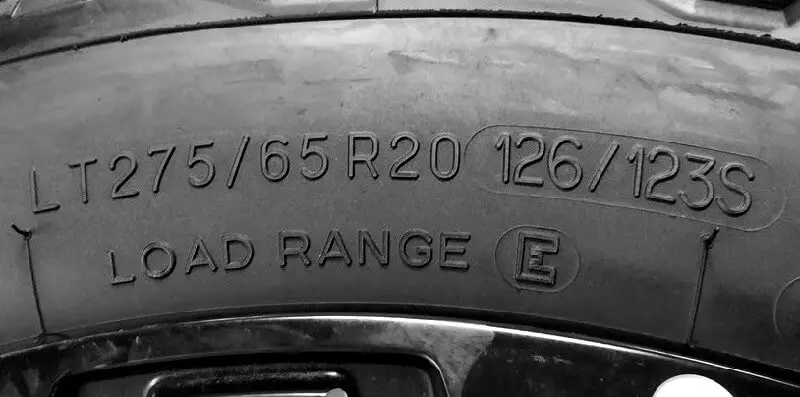
Durability & Wear
The narrower 275/65r20 exhibits slightly more even treadwear across its shorter contact patch area.
This could hypothetically extend its tread life marginally over the wider 285/65r20. However, both tires feature durable construction and materials for impressive longevity.
Adverse Conditions
For snow and ice traction, the 275/65r20 narrower tread with less blocky edges can sometimes penetrate down to grip better.
But the 285/65r20 offers a much broader traction surface for ambiguous conditions like mud or gravel, particularly with aggressive tread designs. Both perform well overall in adverse weather.
Speedometer Difference
When the vehicle’s actual speed is 20 mph, the 285/65r20 displays a speedometer reading of 19.7 mph, while the 275/65r20 reads 20 mph.
This 1.5% difference in speedometer accuracy is due to the diameter variance between sizes. Drivers should account for this when driving or checking their speed.

Meet Caitlin McCormack, a Tire Size Expert and Blogger Passionate About Everything Related to Tires. With Years of Experience in the Tire Industry, Caitlin Has Become an Expert in Tire Sizes and Their Impact on Vehicle Performance.
